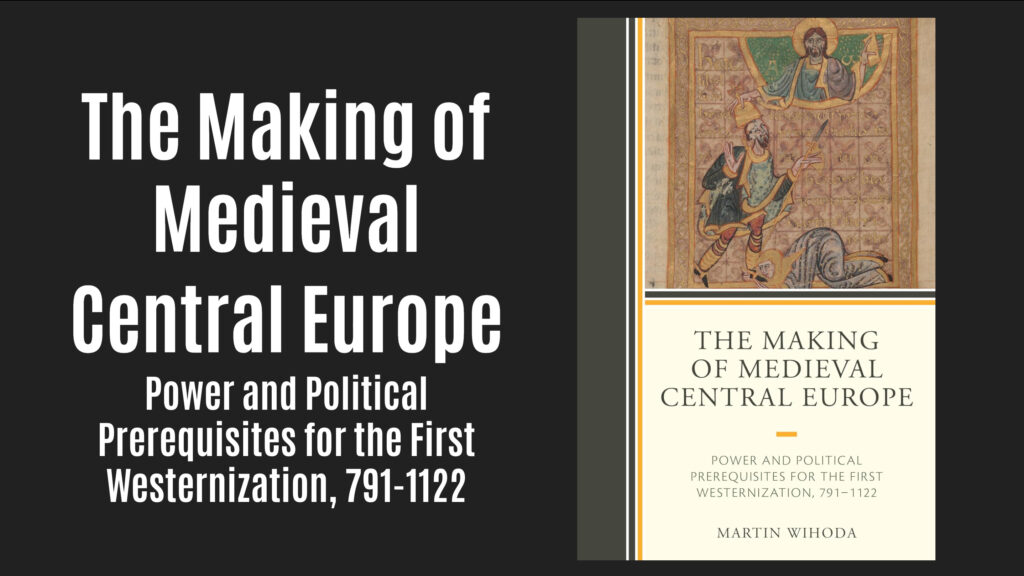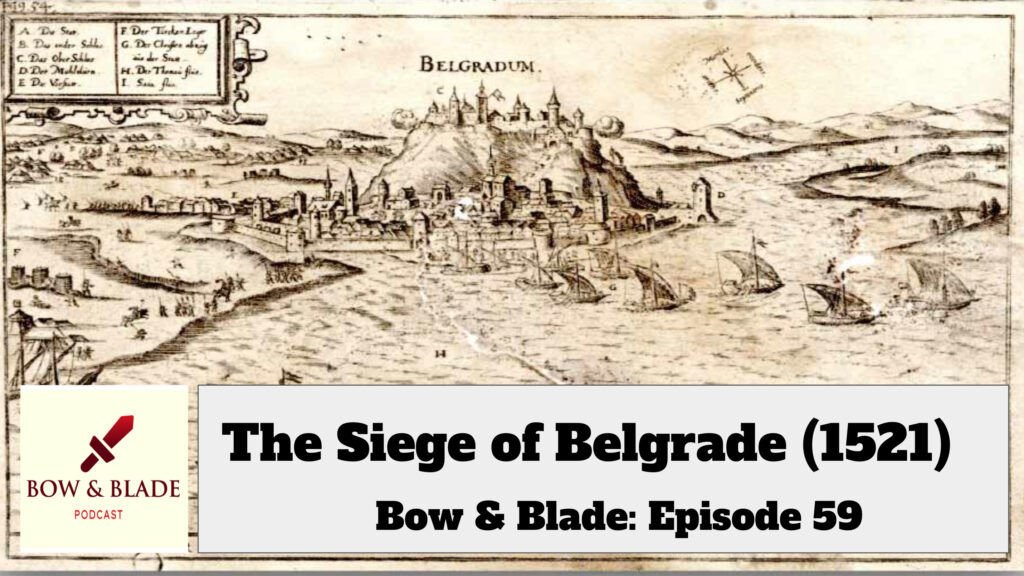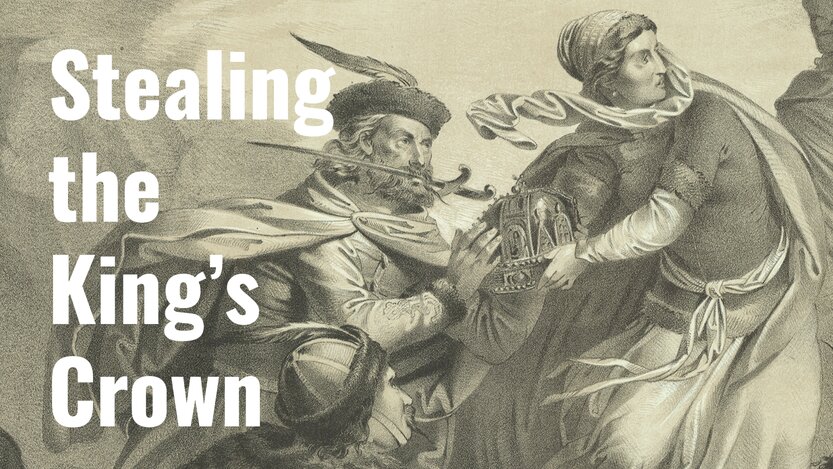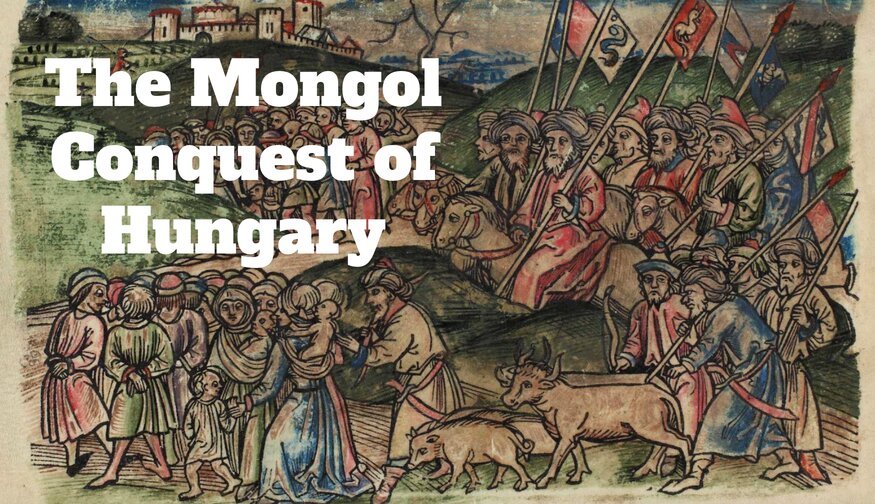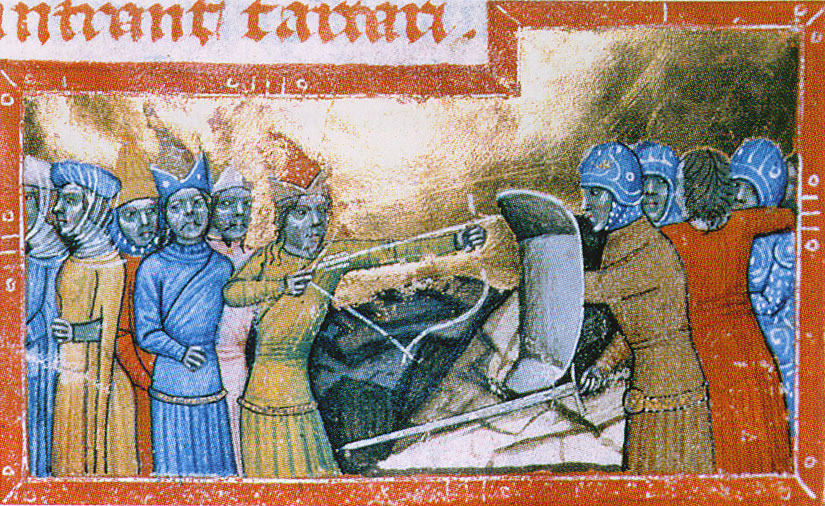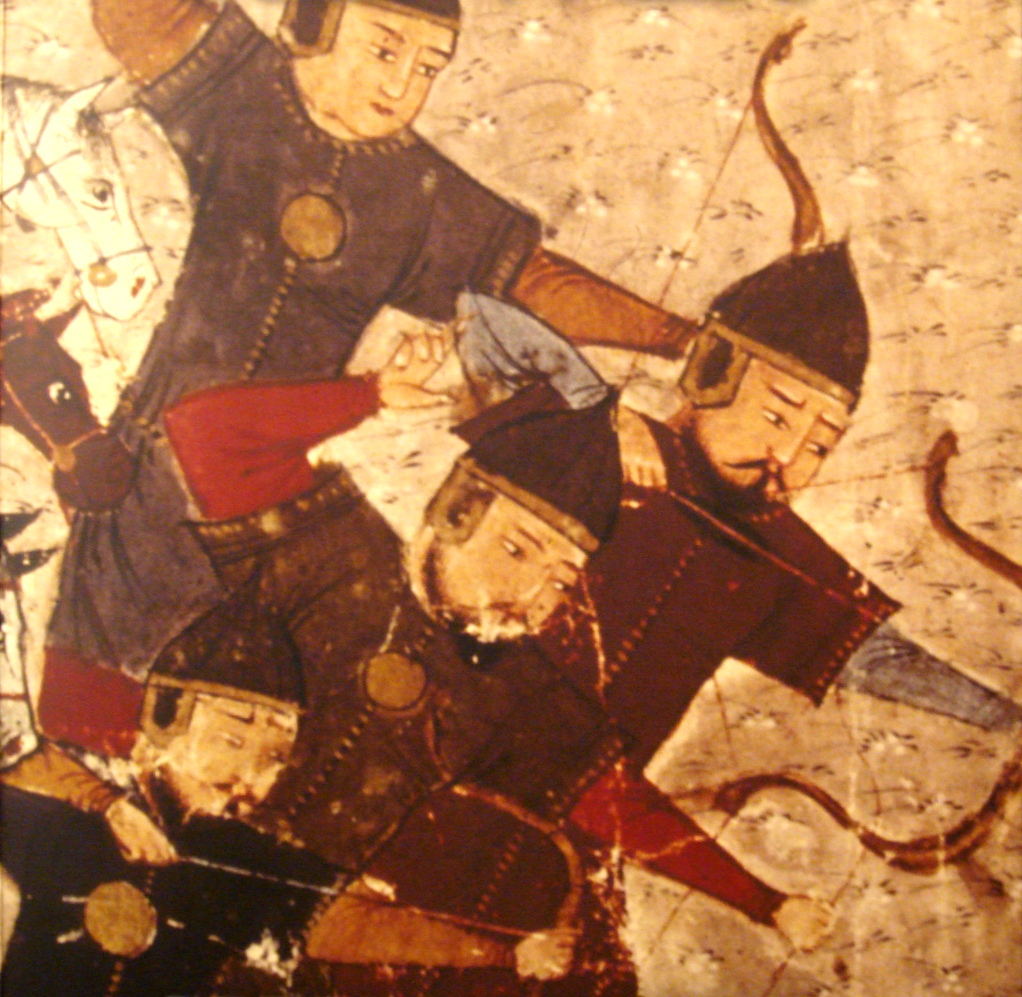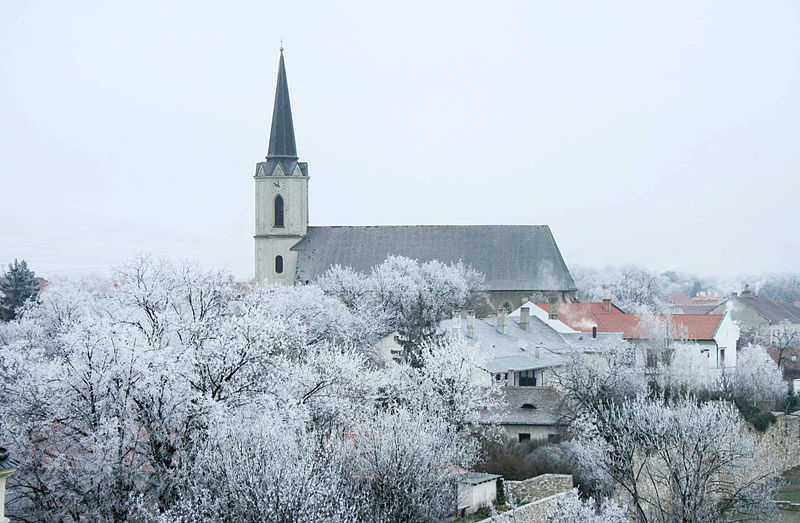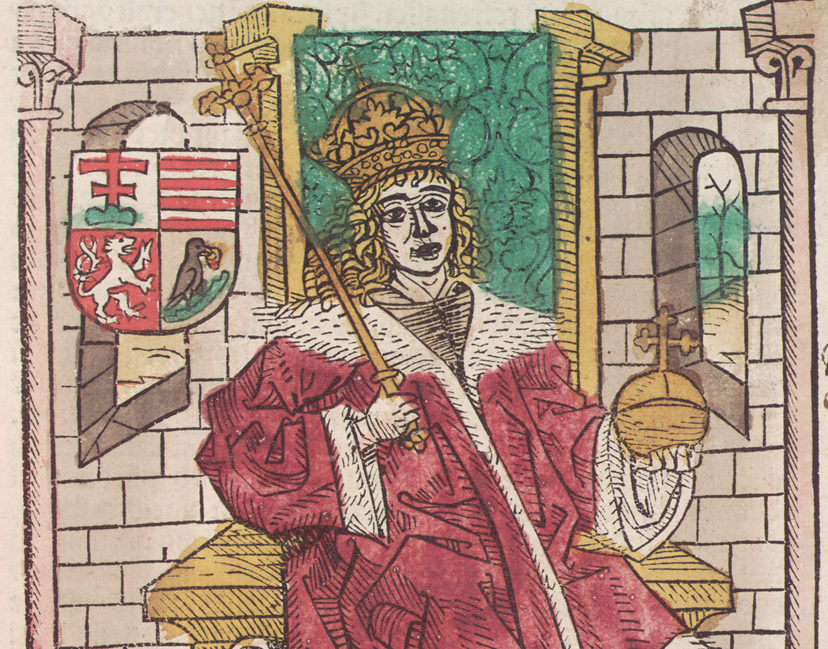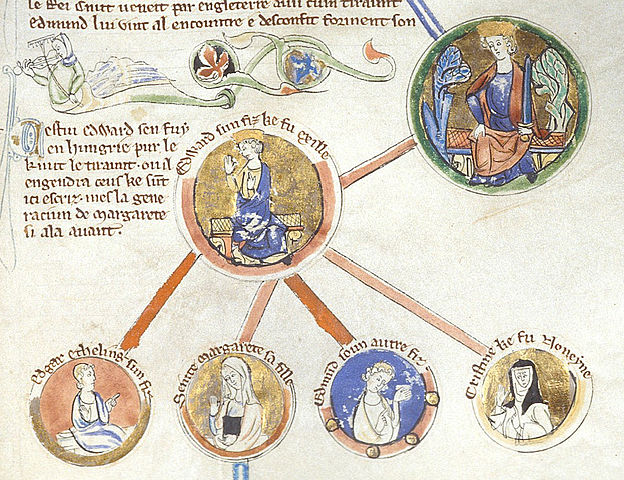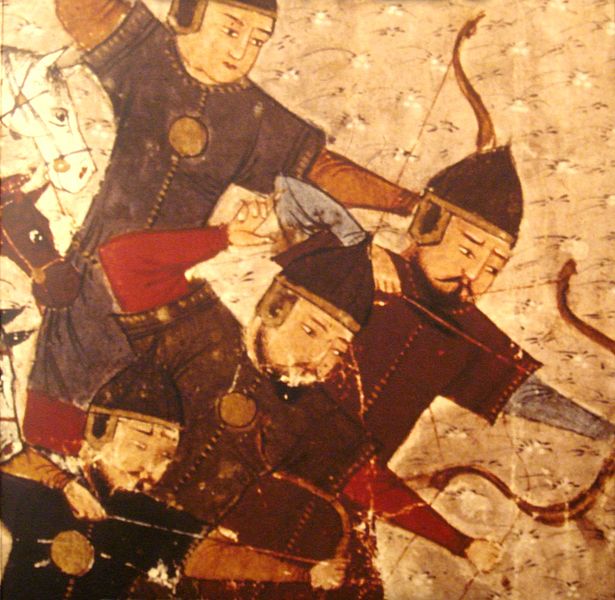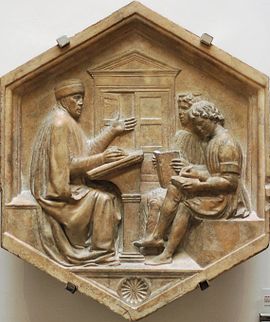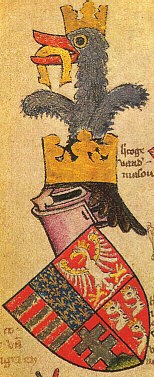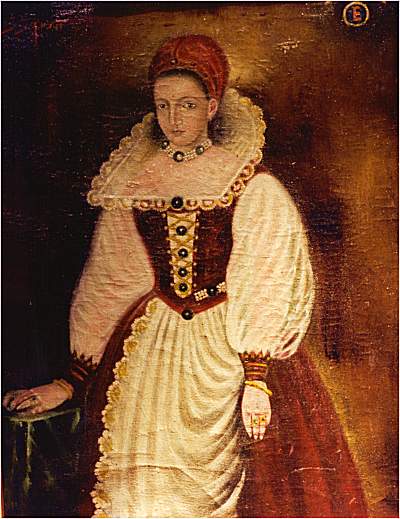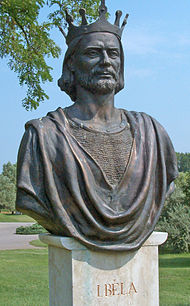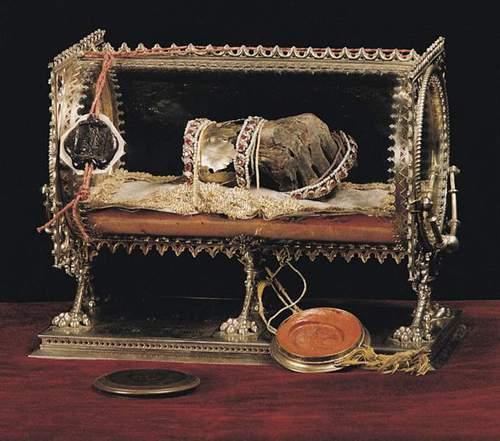New Medieval Books: The Making of Medieval Central Europe
As the Poles, Czechs, and Hungarians established their medieval states, they became deeply entangled with the Holy Roman Empire and other Western European powers. This book explores the complex politics and state-building processes of Central Europe, a region marked by both cooperation and conflict.
Genetic Study Confirms the Origins of Saint Ladislaus and Hungarian Dynasty
A new genetic analysis of relics belonging to Saint Ladislaus I of Hungary has confirmed his royal lineage and reshaped our understanding of the early Hungarian monarchy.
The Siege of Belgrade (1521)
The Ottomans launch another siege against the city of Belgrade. In this episode of Bow & Blade, Kelly and Michael explore how Suleiman the Magnificent and his forces ultimately achieved victory.
The Siege of Belgrade (1456)
The Ottoman Empire, led by Mehmed II, clashes with Hungarian and Serbian forces under John Hunyadi. In this episode of Bow & Blade, we examine the first of two sieges that took place in Belgrade.
New Medieval Books: Charter of the Order of the Dragon
In 1408, King Sigismund of Hungary and Croatia created a chivalric order which would play an important role in efforts against the Ottoman Empire. This book contains the Latin text and English translation of the charter that set up this order.
Escaping the Mongols: A Survivor’s Account from the 13th century
The story of Master Roger, one of the many people caught up in the Mongol invasion of Hungary in 1241.
Stealing the King’s Crown in 1440
A servant named Helene Kottanner was tasked with stealing the crown of the King of Hungary. Helene tells us how she did it.
The Life of Vlad the Impaler: A Timeline (1429-1476)
A look at the events that took place in southeastern Europe during the fifteenth century and the role that Vlad III, Voivode of Wallachia, would play in its many conflicts.
The Mongol Conquest of Hungary in 1241-2
The story of the Mongol invasion in 1241, the Battle of Mohi, and why the Mongols withdrew from Hungary a year later.
Contextualizing the Mongol Invasion of Hungary in 1241–42: Short- and Long-Term Perspectives
Questions remain about the level and distribution of destruction and population loss, the role that environmental factors played in the invasion, the reasons for the Mongol withdrawal, and how this episode can be used for interpreting later thirteenth and fourteenth-century phenomena.
Hungary’s Castle Defense Strategy in the Aftermath of the Mongol Invasion (1241-1242)
Following the Mongol withdrawal from Europe in 1242, there was a flurry of castle-building in the Kingdom of Hungary.
From magical pots to horse skulls and sacrificed dogs: ritual deposits at rural settlements in early medieval Hungarian Kingdom
Were they building sacrifices or part of fertility rituals? Can they be seen as remains of “heathen” belief systems, or do they mirror superstitions of medieval folk Christianity – or witchcraft? Can some of the dog sacrifices be attributed to Kipchaks, and thus have an ethnical aspect?
Escaping the Mongols: A Survivor’s Account from the 13th century
In the year 1241, a Mongol army invaded eastern Europe, ravaging Poland, Hungary, Croatia and Romania.
Climate of Doubt: A re-evaluation of Büntgen and Di Cosmo’s environmental hypothesis for the Mongol withdrawal from Hungary, 1242 CE
Büntgen and Di Cosmo’s recent article in Scientific Reports attempts to tackle an important historical mystery (the abrupt Mongol withdrawal from medieval Hungary). We agree with their underlying assumption that an interdisciplinary analysis of environmental and documentary resources can result in a better understanding of the events. However, some of the supporting evidence does not withstand critical examination in the context of the Mongol invasion of Hungary.
Matthias Corvinus and Charles the Bold
The paper investigates the diplomatic relations of Matthias Corvinus with the Charles the Bold, Duke of Burgundy, focusing on the 1460s and ‘70s.
The sons of Eadmund Ironside, Anglo-Saxon king at the court of Saint Stephen
Eadmund Ironside died shortly after his agreement with Canute, King of Denmark, deciding the boundaries of his realm. His decease took place on 30th November 1016.
Climatic and environmental aspects of the Mongol withdrawal from Hungary in 1242 CE
The Mongol invasion of Eastern Europe, and especially its sudden withdrawal from Hungary in 1242 CE, has generated much speculation and an array of controversial theories. None of them, however, considered multifaceted environmental drivers and the coupled analysis of historical reports and natural archives.
Florentine merchant companies established in Buda at the beginning of the 15th century
The scope of the present article is to analyze the activity of these merchant companies through various sources housed by the Florentine National Archives and place them in the context of Florentine long distance trade.
‘Spurred on by the Fear of Death’: Refugees and Displaced Populations during the Mongol Invasion of Hungar
Sensitized by the grim headlines which daily announce the appalling plight of twentieth-century refugees in eastern Europe, I was motivated to investigate the behavior and conditions of medieval refugees fleeing the Mongols.
Prostitution in the Medieval City
Prostitution was a vice that was was considered a necessary evil because of “men’s lust”. Ecclesiastics felt that if brothels weren’t available to men in cities, they would find other inappropriate outlets for their entertainment. In an effort to curb potential problems, civic officials permitted prostitution to function within the city walls so long as it was regulated and turned a profit.
Latin Grammar in the Cathedral School: Fulbert of Chartres, Bonipert of Pécs, and the Way of a Lost Priscian Manuscript
The starting point of the classical tradition in medieval Hungary is marked by a letter written by Bishop Fulbert of Chartres in Northern France to Bishop Bonipert of Pécs in Southern Hungary.
Renaissance Contacts Between Dubrovnik (Ragusa) and the Kingdom of Hungary
During the rule of the Angevin dynasty (1308-82) in Hungary, towns and cities increasingly assumed greater political influence. The first treaty between the King of Hungary and Dubrovnik (in those days Ragusa) was signed in 1358, during the reign of Louis (Lajos) the Great.
Slippery When Wet: Madness and Eroticism in the Countess Elizabeth Bathory
The Countess Elizabeth Bathory, a 16th century Hungarian noblewoman, is purported to have killed and bathed in the blood of 600 virgin girls
Dynastic Intrigues and Domestic Realities during the Reigns of Andrew I and Bela I
In the mid-1030s, the cousin of King Stephen I of Hungary, Prince Vazul (the son of Michael, the younger brother of Geza, Stephen’s father) conspired to assassinate the elderly and ailing king.
Hungary’s Conversion to Christianity: The Establishment of Hungarian Statehood and its Consequences to the Thirteenth Century
The Carpathian Basin occupies a peculiar place in history. It was the ground where Roman-Germanic world met that of the Slavs and mounted nomad peoples, where no group had achieved sustained unity before the state of Hungary was founded.
